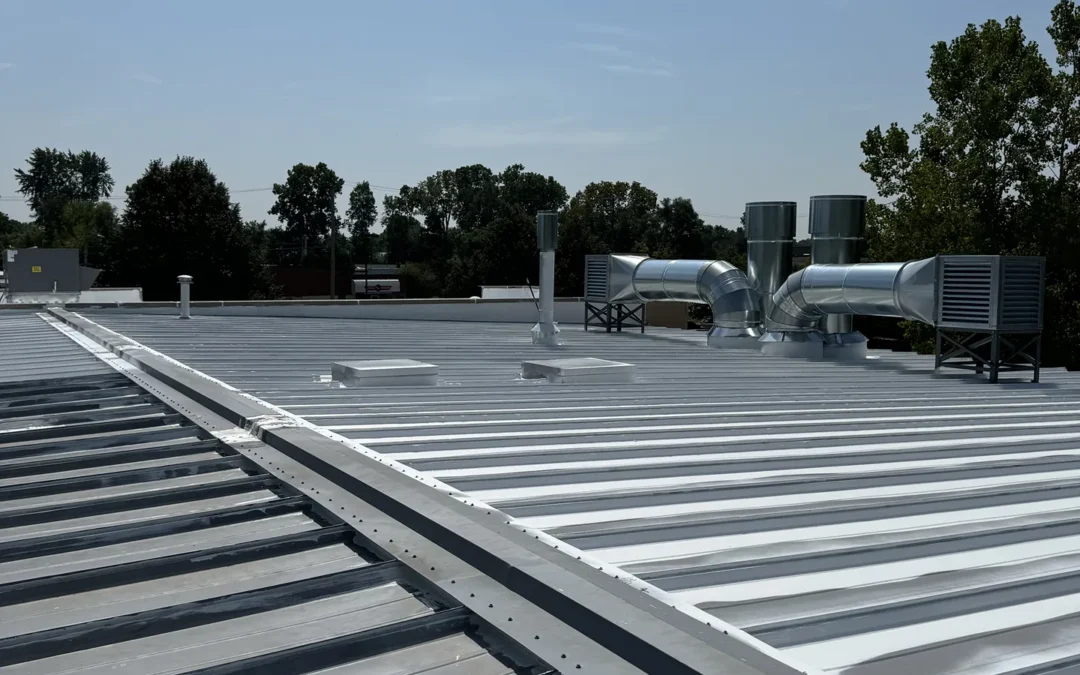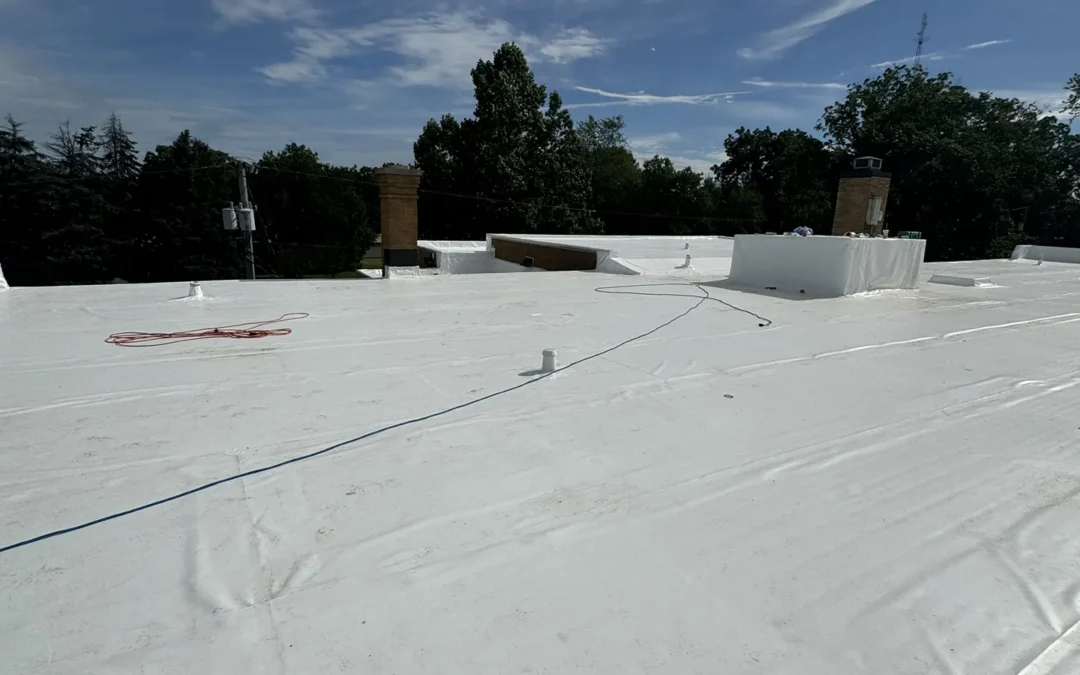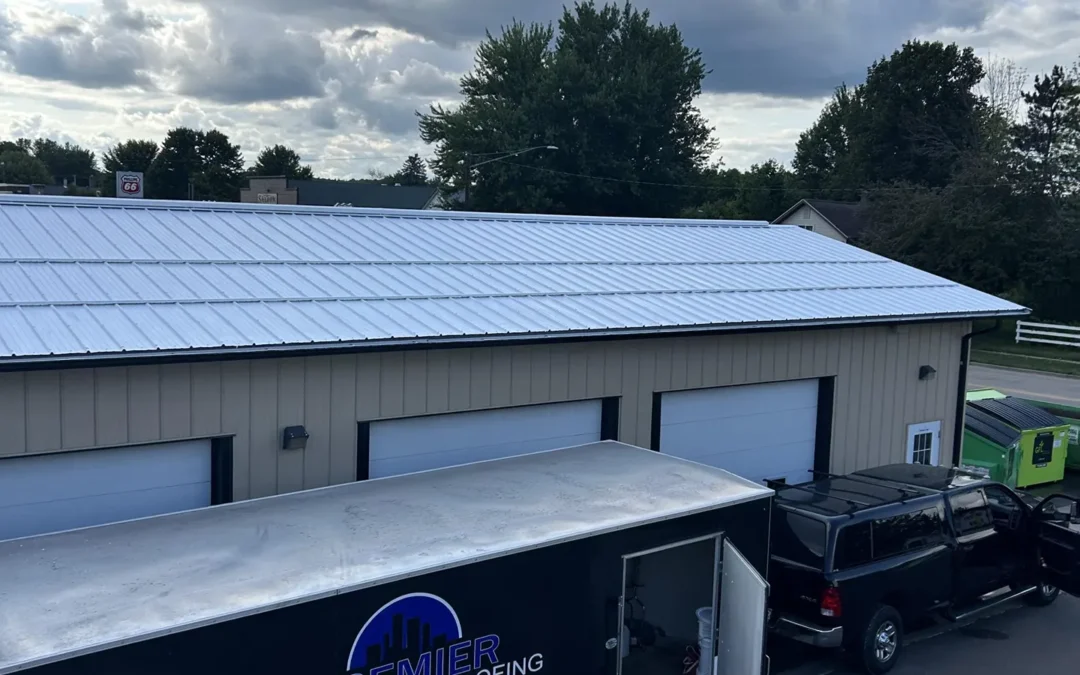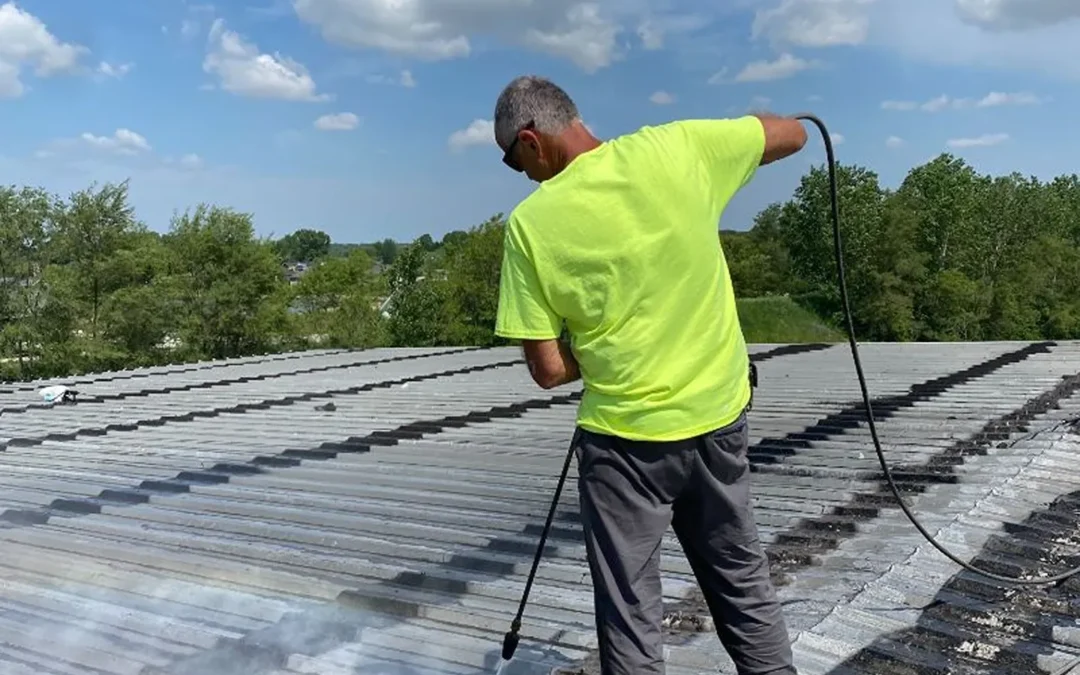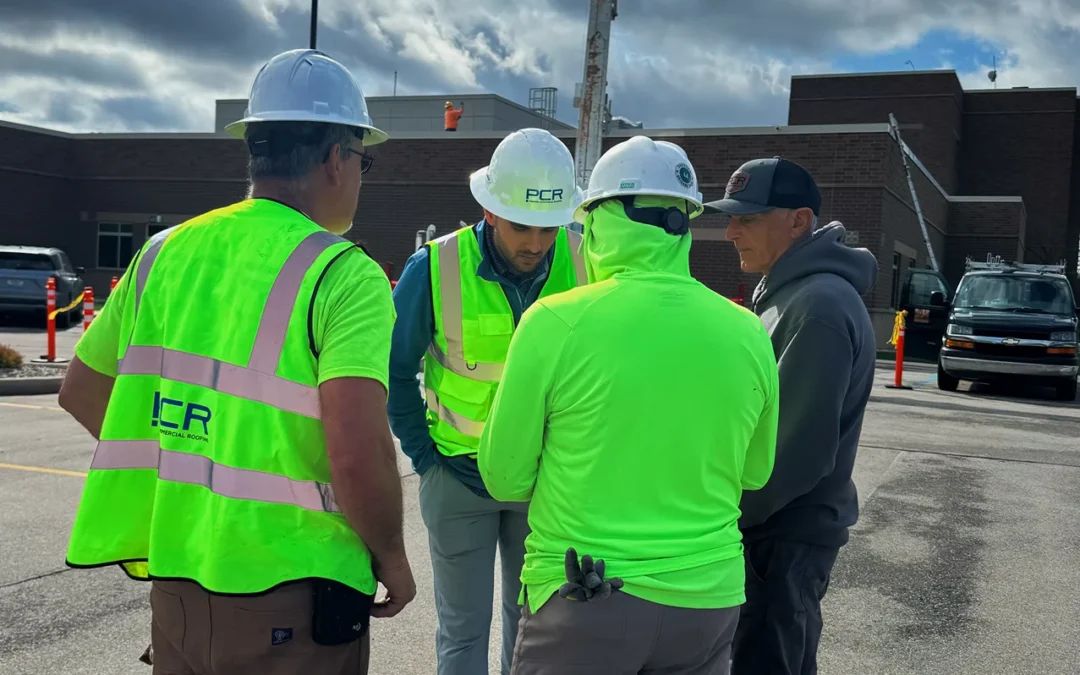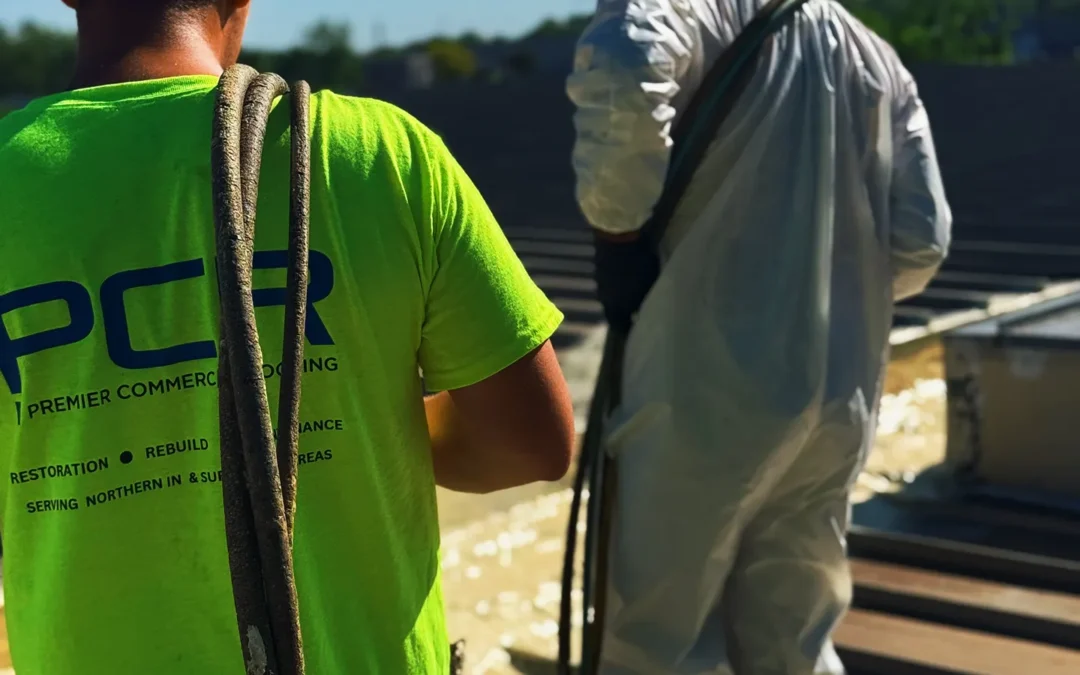Hot tar roofing, also known as built-up roofing (BUR), has been a standard in commercial roofing for many years. However, in 2025, more property owners are moving toward safer and more sustainable alternatives. Traditional BUR systems involve heating layers of tar and felt, creating hazardous working conditions, high installation costs, and long-term maintenance challenges. With advancements in roofing materials and application methods, there are now smarter options that deliver better performance with fewer risks.
Why Many Are Moving Away from Hot Tar Roofing
There are several reasons hot tar roofing is becoming less popular. First and foremost, safety is a concern. The installation process requires open flames or hot kettles, creating the risk of burns and fire hazards. The fumes released during installation can also affect air quality and pose health risks. On top of that, BUR systems often involve labor-intensive applications, increasing both the time and cost of installation. Environmental concerns also play a role, as hot tar contains petroleum-based materials that contribute to pollution. Over time, BUR roofs tend to develop cracks and blisters, leading to costly repairs. For these reasons, building owners are actively seeking safer and more efficient roofing solutions.
Key Features to Look for in a Hot Tar Roofing Alternative
When considering a modern roofing replacement, there are several features that should be prioritized. Fire resistance is critical, especially for commercial properties. Choose materials that do not require high heat or open flames during installation. Energy efficiency is another key factor. White or reflective membranes can significantly reduce heat absorption and lower cooling costs. Ease of installation also matters. Cold-applied systems and prefabricated membranes reduce risks and labor time. Durability is essential for long-term performance, and ideally, the materials should offer warranties of 20 to 30 years. Lastly, look for eco-friendly roofing options that support green building standards and reduce environmental impact.
Top 5 Hot Tar Roofing Alternatives in 2025
1. Modified Bitumen Roofing Systems
Modified bitumen is a flexible, asphalt-based roofing material reinforced with fiberglass or polyester. It can be applied using cold adhesives or heat-welded methods. This system offers the layered strength of traditional BUR but with more modern application methods and fewer safety hazards. It is a great option for low-slope roofs and is widely used in commercial settings. Many property owners choose modified bitumen for its affordability, weather resistance, and ease of maintenance.
2. TPO (Thermoplastic Polyolefin) Roofing
TPO roofing is a single-ply membrane known for its energy efficiency and UV resistance. The white surface reflects sunlight, which can help lower energy bills in warmer climates. TPO membranes are installed using heat-welded seams that create strong, watertight bonds. They are also resistant to punctures, algae growth, and chemical exposure. TPO has become one of the most popular choices for commercial roofing in 2025 because of its balance of performance, cost, and sustainability.
3. EPDM Rubber Roofing
EPDM is a durable synthetic rubber membrane often used on commercial flat roofs. Known for its flexibility, EPDM performs well in a variety of climates and can expand and contract without cracking. It is relatively easy to install and repair, making it a budget-friendly option. With a potential lifespan of 25 to 40 years, EPDM offers long-term reliability. It is a solid choice for large commercial buildings, especially in areas with seasonal weather extremes.
4. PVC Roofing Systems
PVC is a high-performance single-ply membrane valued for its chemical resistance, fire rating, and environmental friendliness. This material is especially popular in buildings like restaurants or factories where grease and chemical exposure are a concern. The seams are heat-welded to prevent leaks, and PVC membranes are often recyclable at the end of their lifespan. With excellent reflectivity and low maintenance, PVC continues to be a premium choice for modern commercial roofing.
5. Spray Polyurethane Foam (SPF) Roofing
SPF roofing is a seamless system that combines insulation and waterproofing in a single application. It is sprayed as a liquid and expands into a foam that forms a solid layer over the roof surface. SPF provides a high R-value for superior insulation and can be applied to irregular roof shapes. It bonds well to most surfaces, eliminating seams where water can penetrate. While installation requires skilled professionals, SPF roofs are lightweight, long-lasting, and highly energy-efficient.
Comparing Alternatives: Which One Is Right for Your Building?
Choosing the right alternative to hot tar roofing depends on your building’s needs, location, and budget. For example, TPO is ideal for property owners seeking energy savings, while modified bitumen is better for those who want a familiar multi-layered system. EPDM is great for cold climates because of its flexibility, whereas PVC excels in environments with chemical or grease exposure. SPF is best for buildings looking for both insulation and waterproofing in a single solution. A professional roofing assessment can help you compare these systems side by side to determine the best fit for your property.
Long-Term Benefits of Upgrading from Hot Tar Systems
Switching to a modern roofing system provides multiple long-term advantages. First, safety is significantly improved since most alternatives avoid the use of open flames or hazardous materials. Many of these systems also enhance energy efficiency, reducing HVAC costs throughout the year. Modern roofing materials typically require less maintenance and come with extended warranties for added peace of mind. Additionally, many are made from recyclable or environmentally friendly materials, supporting green building initiatives. Investing in a safer, longer-lasting roof now can save you from expensive repairs or premature replacements later.
Final Thoughts: Time to Move On from Hot Tar Roofing
As the roofing industry continues to evolve, it is clear that hot tar systems no longer offer the safety, efficiency, or longevity that modern buildings demand. Whether you are managing a retail center, warehouse, or office complex, upgrading to a new roofing system can protect your investment and improve long-term performance. Not sure where to start? Premier Commercial Roofing is here to help.
Our team specializes in hot tar roofing replacements and can guide you through the best options based on your building type and budget. We offer expert installation, top-rated materials, and industry-leading warranties to give you peace of mind for years to come.
Contact Premier Commercial Roofing today to schedule your free roof evaluation and discover which alternative is right for your property.





